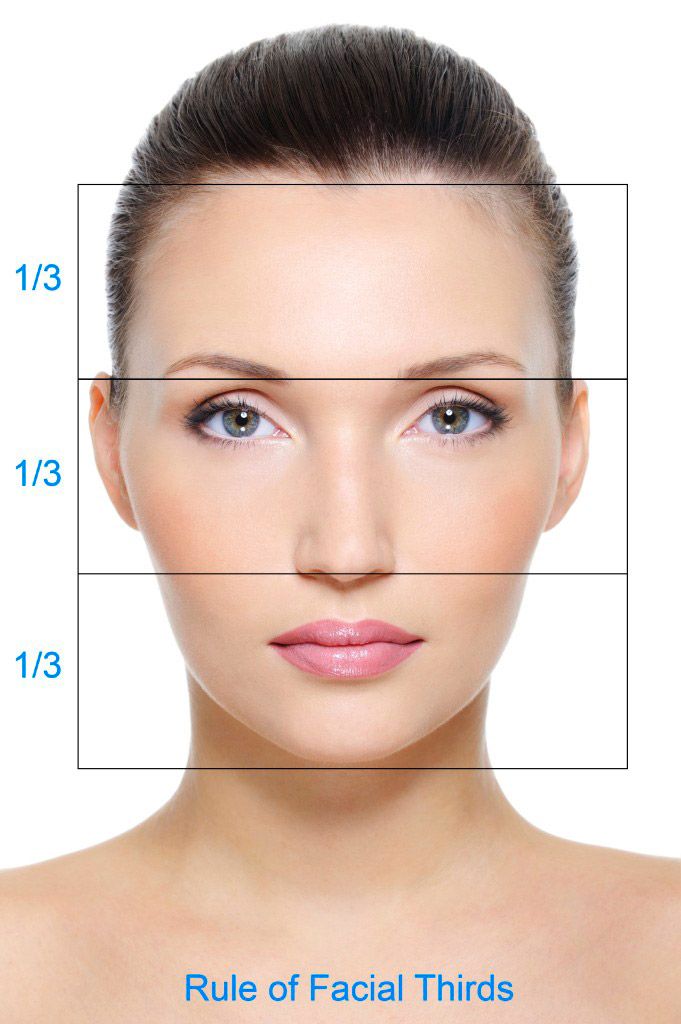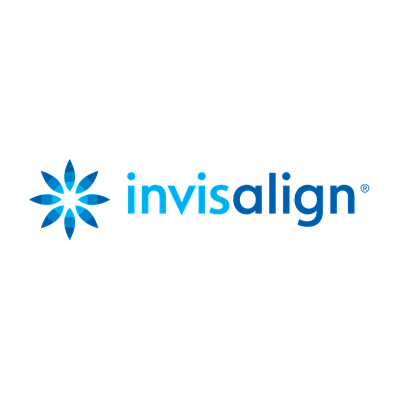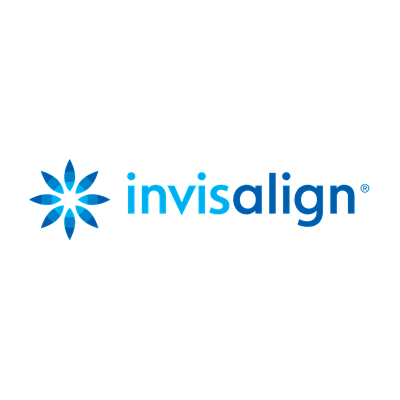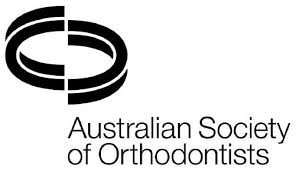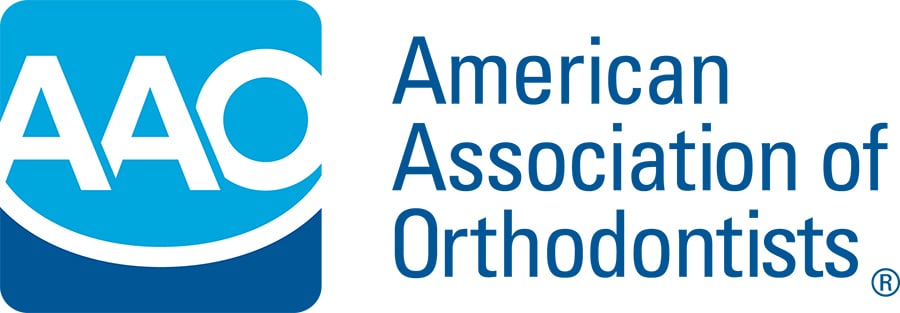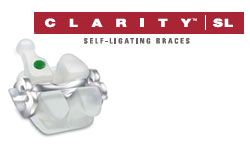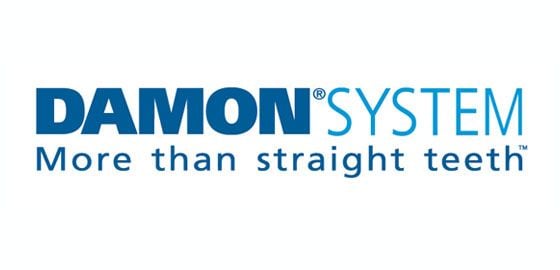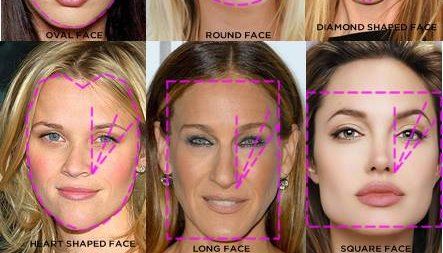
So what makes a face Aesthetic, Symmetrical, attractive; our team has completed research on facial attractiveness evaluating the importance of an Aesthetic smile. The research was evaluated by 10 independent Dental specialists and is now published in prestigious IJDR PubMed/Medline indexed, a subsidiary of International Journal of dental research USA.T he research is also co-authored by the current vice president of Indian orthodontic society pioneer orthodontist professor Dr Rajiv Aluwalia.
ORIGINAL RESEARCH
"Golden proportions as predictors of attractiveness and malocclusion"
Rajiv A, Juhi Y. Golden proportions as predictors of attractiveness and malocclusion. Indian J Dent Res 2014;25:788-93
Abstract
Objective: In recent years, the golden proportions have been evaluated by various researchers in the general population and orthodontic patients to establish their correlation with facial attractiveness and esthetics, but with conflicting results. The present study aimed to analyze the frontal facial golden proportions for three groups of young adult females, an attractive group, and two malocclusion groups. Our null hypothesis stated that the golden proportions of attractive females were analogous with or closer to the golden number than those with an established malocclusion.
Materials and Methods: Frontal facial photographs of 80 female dental students were scored for facial attractiveness by 10 dental specialists. Thirty females with scores greater than the median score of 48 formed the attractive group. Thirteen females with Class I malocclusion and 15 females with Class II division 1 malocclusion formed the two malocclusion groups. Ten landmarks and 19 golden proportions were calculated for all subjects. One-way ANOVA and unpaired Student's t-test was used to analyze the differences in golden proportions between the attractive and malocclusion groups.
Results: Significant differences were observed for 10 proportions (P < 0.04 to < 0.0001). Five vertical proportions showed significant differences in both subgroups; Attractive versus Class I and Attractive versus Class II division 1; while one vertical and all transverse proportions showed significant differences only in Attractive versus Class II division 1 subgroup. The average values of these proportions varied both toward and away from the golden number for both attractive and malocclusion groups.
Conclusion: Facial proportions of the attractive females were significantly different from those with malocclusion, but did not show a constant trend of being closer to the golden number. Furthermore, the golden proportions were not analogous with the facial aesthetics of attractive females.
Keywords: Facial esthetics, facial proportions, golden proportions, malocclusion
The research publication is indexed and listed in US Library of Medicine National Institute of Health pubmed.gov for more info follow the link to read full publication.
http://www.ncbi.nlm.nih.gov/pubmed/25728115
